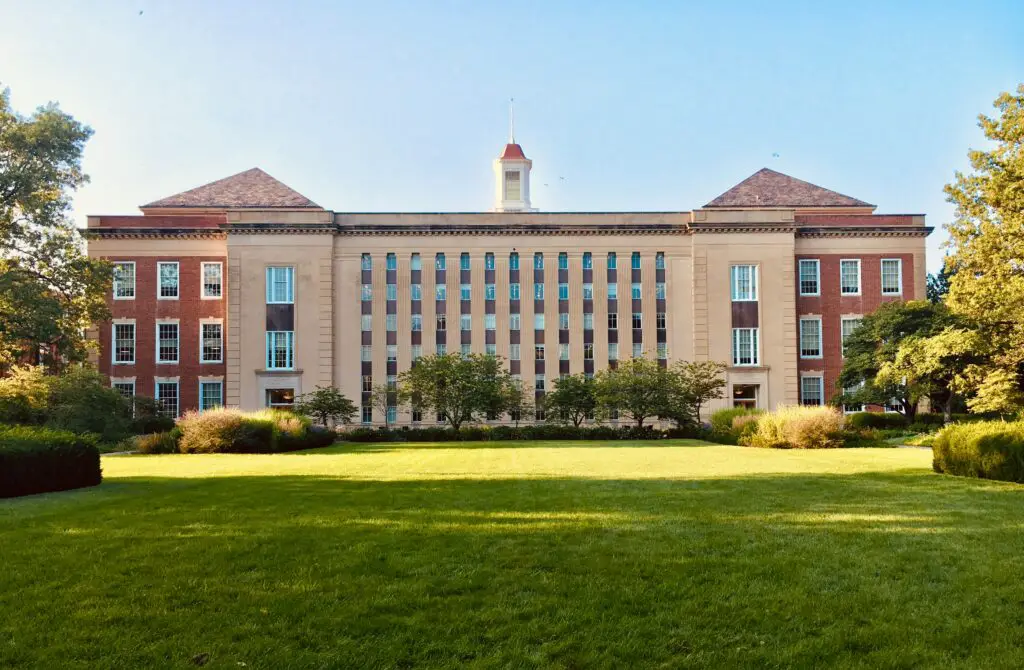The Pennsylvania Academy of the Fine Arts (PAFA) is a private art school located in Philadelphia, Pennsylvania. It was founded in 1805 and is the oldest art museum and school in the United States. In this essay, we will examine the pros and cons of the Pennsylvania Academy of the Fine Arts in detail.

Pros:
- Location: PAFA is located in the heart of Philadelphia, which is known for its rich history and vibrant art scene. The city offers a variety of cultural and recreational opportunities, including museums, theaters, and professional sports teams.
- Prestige: PAFA is one of the oldest and most respected art schools in the country, with a long history of producing talented artists. Graduates of the school have gone on to achieve great success in the art world, and the school’s reputation attracts talented students from around the world.
- Faculty: PAFA has a talented and experienced faculty of artists, many of whom are successful professionals in their respective fields. Students receive individual attention from their professors, and the faculty is committed to helping students develop their skills and achieve their goals.
- Curriculum: PAFA offers a rigorous curriculum that emphasizes traditional skills and techniques, such as drawing, painting, and sculpture. The school also offers a variety of courses in art history, theory, and criticism, providing students with a well-rounded education.
- Facilities: PAFA has state-of-the-art facilities that include studios, galleries, and a museum. Students have access to a variety of tools and equipment, and the school provides ample space for students to work and create.
Cons:
- Cost: One of the biggest cons of PAFA is its cost. As a private art school, PAFA is more expensive than many public universities. However, the school offers a variety of financial aid options, including scholarships, grants, and loans.
- Limited Academic Programs: PAFA primarily focuses on fine arts, with limited academic programs in other areas. This can be a disadvantage for students who want to pursue degrees in other fields, such as science or business.
- Limited Diversity: PAFA is not known for its diversity, and the student body is primarily made up of white, non-Hispanic students. This lack of diversity can be a disadvantage for students who want to broaden their perspectives and learn from people with different backgrounds and experiences.
- Competitive Environment: PAFA is known for its competitive environment, and students may feel pressure to perform at a high level in order to succeed. This can be stressful for some students, particularly those who struggle with academic pressure.
- Limited Extracurricular Activities: Because PAFA is primarily focused on art, there are limited extracurricular activities available for students. This can be a disadvantage for students who want to participate in clubs, sports, and other activities outside of their classes.
Conclusion:
In conclusion, the Pennsylvania Academy of the Fine Arts is a great choice for students who want to attend a prestigious art school in the heart of Philadelphia that offers a rigorous curriculum and talented faculty. However, the school is not without its drawbacks, including its cost, limited academic programs, limited diversity, competitive environment, and limited extracurricular activities. Ultimately, the decision to attend PAFA or any other art school will depend on the individual student’s needs, goals, and preferences.

